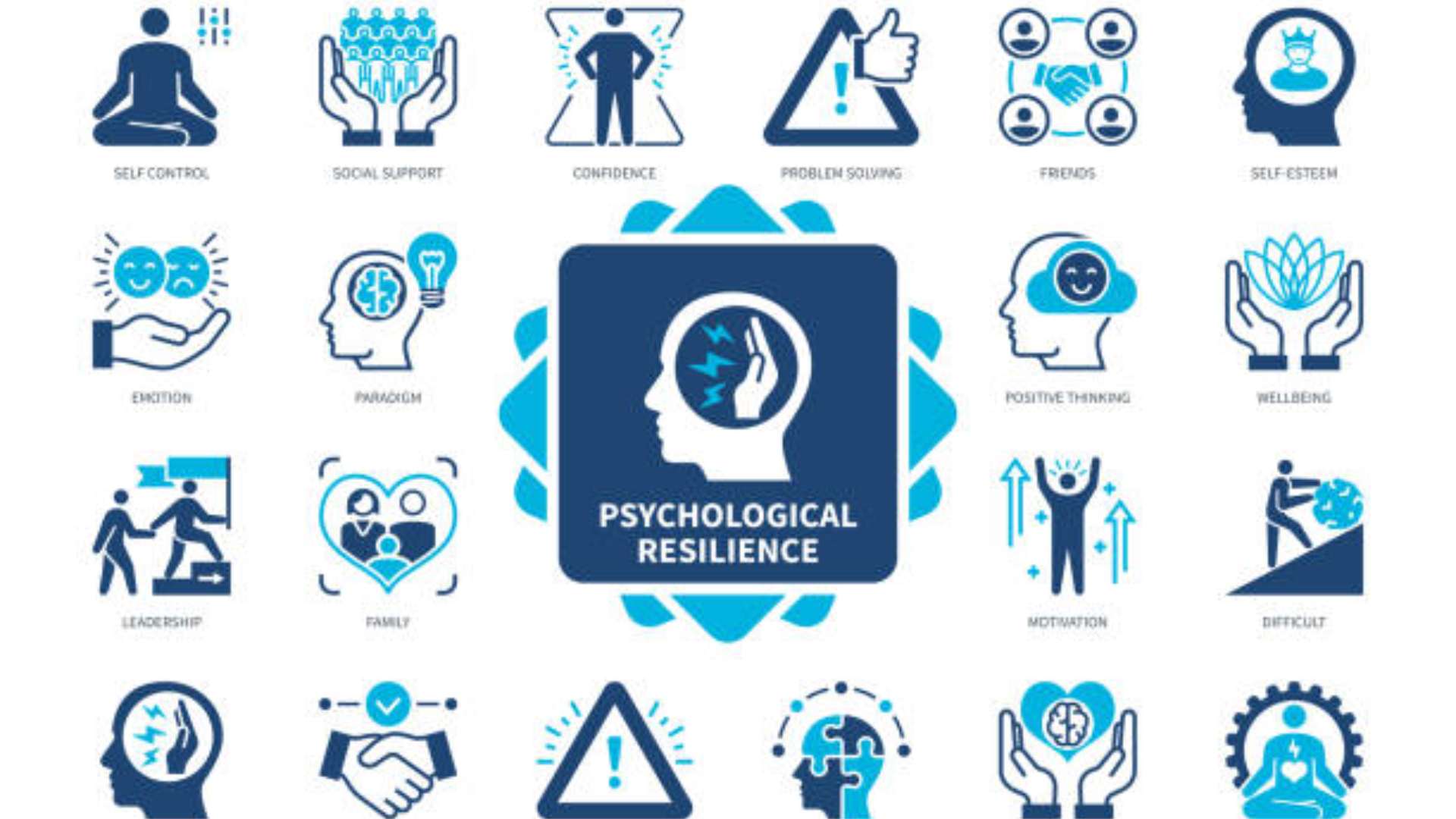
7 Resilience Strategies Therapists Use Themselves When Life Gets Overwhelming
Even the professionals who help others navigate emotional storms need tools to keep themselves steady. Therapists aren’t immune to burnout, compassion fatigue, or life’s chaos—but they often turn to tested, practical resilience strategies to anchor themselves when life feels like too much.
These aren’t just techniques they teach—they’re the exact tools they use to stay grounded, balanced, and clear-headed. If you’re looking to build more inner strength and emotional flexibility, try weaving one or more of these therapist-approved techniques into your own day.
1. The 5-5-5 Breathing Reset
When anxiety spikes, deep breathing can calm the nervous system—but therapists get specific with it. The 5-5-5 technique involves inhaling for five seconds, holding for five, and exhaling for five.
“It activates the parasympathetic nervous system in just 90 seconds,” says Dr. Maya Chen. “It gives me a mental reset between intense sessions.”
2. Scheduled Worry Time
Rather than letting worry take over, many therapists schedule time each day just for that. It’s a containment practice that prevents ruminating all day long.
“When my mind spins, I write down the worry and return to it during my 20-minute slot,” shares James Moretti, LCSW. “It honors the concern without letting it hijack my life.”
3. The “What Would I Tell a Client?” Reframe
Sometimes, we’re kinder to others than we are to ourselves. That’s why many therapists use this reframe:
“What would I tell a client in this same situation?”
“It helps me access my wisdom and compassion,” says Sonia Williams, LMFT. “I can coach myself back to clarity.”
4. Micro-Self-Care Moments
Forget the mythical “self-care day.” Therapists practice tiny rituals of restoration throughout their day: stretching between sessions, sipping herbal tea, opening a window, or touching a calming object.
“Small resets keep my nervous system balanced,” says trauma therapist Dr. Kai Park. “It adds up.”
5. Validate First, Fix Later
Many therapists speak to themselves like they would a client in distress. That means validating feelings before problem-solving.
“I say, ‘Of course I’m overwhelmed—it makes sense given what’s happening,’” says grief counselor Eliza Montgomery. “Validation softens the edges and helps me move forward with more grace.”
6. Physical State Shifting
Mental tension is often stored in the body. Therapists don’t always try to “think better”—they move differently.
“A brisk walk, 10 jumping jacks, or even splashing cold water on my face can interrupt a spiral,” shares neuropsychologist Dr. Theo Jackson.
7. The “Tomorrow Self” Motivation Trick
When drained or unmotivated, therapists often ask:
“What will my future self thank me for?”
“It gets me out of my emotional funk,” explains Leila Hassan, a positive psychology practitioner. “Even a small action becomes meaningful when I view it through my tomorrow self’s eyes.”
You Deserve to Feel Resilient
These strategies aren’t magic—but they’re powerful. They work not because they’re complex, but because they honor the nervous system, the emotional body, and the human need for self-compassion.
If therapists use these tools to stay emotionally grounded, so can you.
Call to Action
Ready to take your emotional resilience to the next level?
Download the Coping & Resilience Toolkit Journal at www.TheHeartCenteredBeing.com — it includes 18 guided practices inspired by therapeutic wisdom, grounding tools, and embodiment-based rituals to support your healing.
